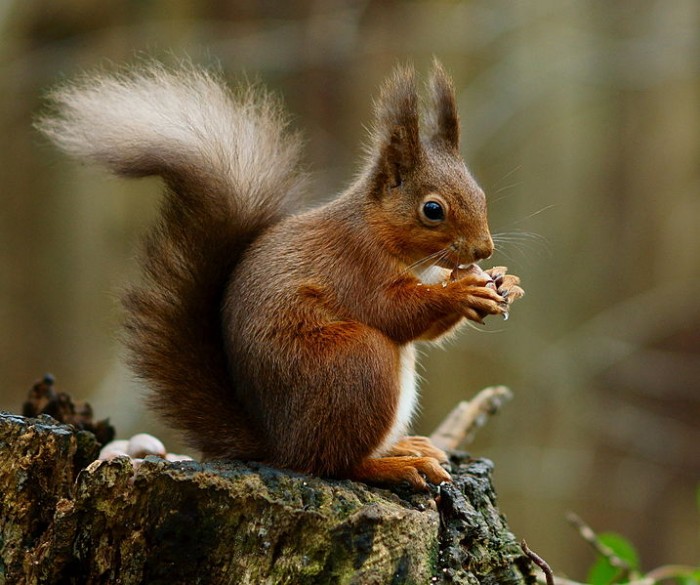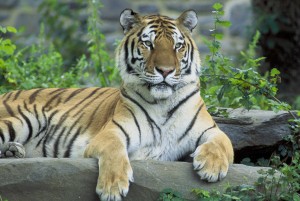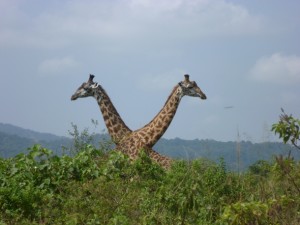British Mammals Extinction Risk
A report launched by The Mammal Society and Natural England is the first comprehensive review of British mammals for 20 years. It found almost one in five species face a high risk of extinction.
 Image: Peter Trimming - http://www.flickr.com/photos/peter-trimming/6583159839/
Image: Peter Trimming - http://www.flickr.com/photos/peter-trimming/6583159839/ Almost one in five of British mammal species face a high risk of extinction, according to the first comprehensive review of their populations for more than 20 years launched by The Mammal Society and Natural England.
The review was commissioned by Natural England working in partnership with Scottish Natural Heritage and Natural Resources Wales. The red squirrel, wildcat and the grey long-eared bat are all listed as facing severe threats to their survival. It also found other mammals such as the hedgehog and water vole have had population declines of up to 66% over the past 20 years.
Climate change, loss of habitat, use of pesticides and road deaths are all putting pressure on some of the best loved and most recognisable of Britain’s 58 terrestrial mammals. Their current status, historical and recent population trends, threats, and future prospects have all been assessed in the review.
Prof Fiona Mathews, Mammal Society Chair and professor of Environmental Biology at the University of Sussex, said: “This is happening on our own doorstep so it falls upon all of us to try and do what we can to ensure that our threatened species do not go the way of the lynx, wolf and elk and disappear from our shores forever.”
The report does highlight that some British mammal populations are in more robust health. Five species have increased in numbers in 20 years, and 18 species have increased their geographical range. The otter, polecat, beaver, wild boar are all now found in more locations than they were 20 years ago although it is also notable that many of the ‘success stories’ are species recently introduced to Britain, such as the grey squirrel and muntjac deer.
Surprisingly, given their importance to both humans and wildlife, there is very little information on species such as brown rats and house mice: their population estimates are around 7 million, and 5 million respectively, but could in reality be much higher or lower.
Natural England Senior Specialist for Mammals, Katherine Walsh, who coordinated the project, said: “This project has significantly improved our understanding of the current status of terrestrial mammals known to breed in Great Britain, which is essential to underpin our efforts to protect them and their habitats.”
The work will prioritise conservation actions and also sets an agenda for future research efforts. In addition, The Mammal Society is now calling for more research to be carried out urgently to get a clearer and more accurate picture of Britain’s mammal populations. For many species, even common animals like rabbits and moles, very little information is available.
Prof Mathews, lead author of the Review of the Population and Conservation Status of British Mammals, said: “The report highlights an urgent requirement for more research to assess population densities in key habitats because at present, uncertainty levels are unacceptably high. It is possible that declines in many species are being overlooked because a lack of robust evidence precludes assessment. There is also an urgent need to quantify precisely the scale of declines in species such as the hedgehog, rabbit, water vole and grey long-eared bat. Effective and evidence-based strategies for mammal conservation and management must be developed before it is too late.”





Sorry, comments are closed on this post